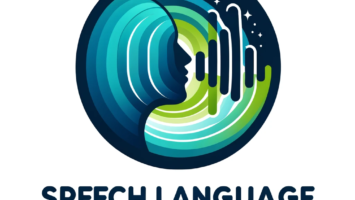Cornet Seminar – Felipe Albuquerque – 13/01/2023
In the context of team Cornet’s seminars, Felipe Albuquerque (LIA/Espace) will present his research work on January 13, 2023, at 11:35 in the meeting room. Abstract: Frequently, social network information has been used to solve applications in Operation Research, such as the Team Formation Problem, whose goal is to find a subset of the workers that collectively cover a set of skills and can communicate effectively with each other. We use the Structural Balance Theory to define the compatibility between pairs of workers in the same team. For such, the social networks are represented by signed graphs, and the compatibility metric is calculated from the analysis of possible positive paths between pairs of distinct vertices. To solve this new version of the problem, we introduce an Integer Linear Programming formulation and a decomposition for it. We present an analysis of the performed computational tests that prove the potential efficiency of the decomposition proposed.



